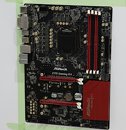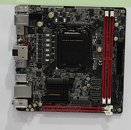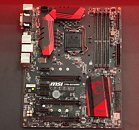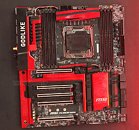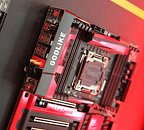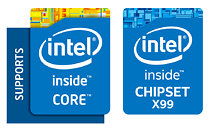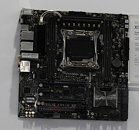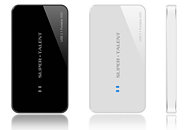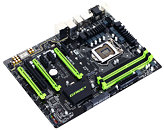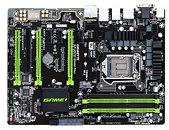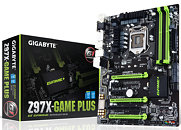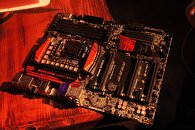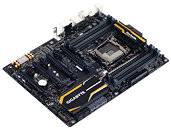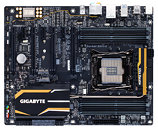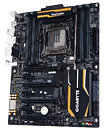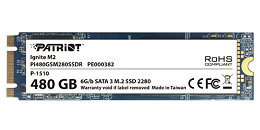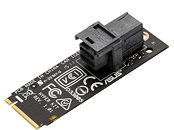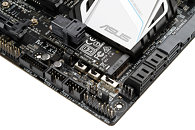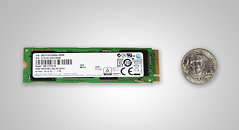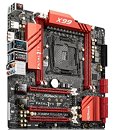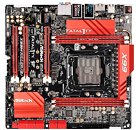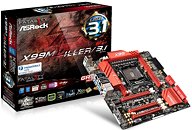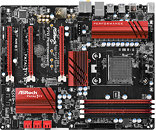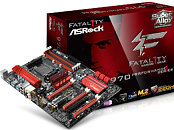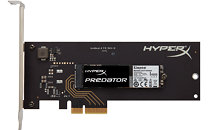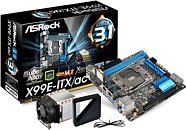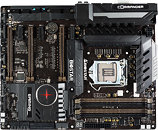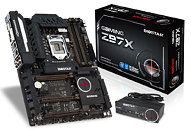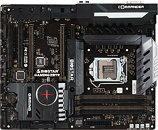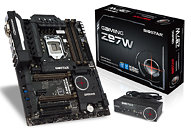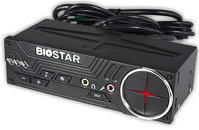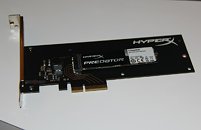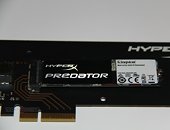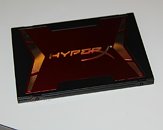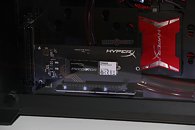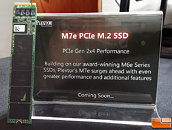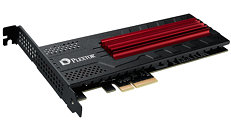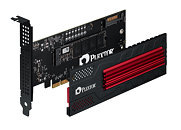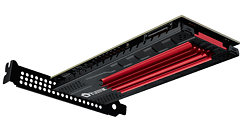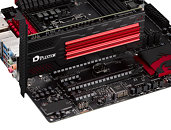
ASRock Next Generation Fatal1ty Motherboard Lineup Pictured
ASRock is designing multiple Fatal1ty Killer branded socket LGA1151 motherboards, which it plans to differentiate using a new naming scheme - K3, K4, and K6. The company showed off some of its latest such boards at Computex. The series is led by the Z170 Gaming K6, followed by the Z170 Gaming K4, H170 Performance, and the Z170-e ITX. All four feature the familiar red+black color scheme, and Fatal1ty branding.
The Z170 Gaming K6 leads the pack with a strong 13-phase VRM, 3-way multi-GPU support, dual-channel DDR4-3000 support, dual SATA-Express 16 Gb/s, Ultra M.2 (32 Gb/s), Killer E2200 NIC, and high-end 115 dBA SNR audio. The Z170 Gaming K4 and H170 Performance share a common PCB design, offering all essentials from this platform, and are intended for gaming PC builds with single graphics cards; the Z170 ITX offers a decent feature-set despite its space constraints, including mSATA, Ultra M.2 (32 Gb/s), SATA-Express 16 Gb/s, and USB 3.1 ports. ASRock did not finalize heatsink design.
The Z170 Gaming K6 leads the pack with a strong 13-phase VRM, 3-way multi-GPU support, dual-channel DDR4-3000 support, dual SATA-Express 16 Gb/s, Ultra M.2 (32 Gb/s), Killer E2200 NIC, and high-end 115 dBA SNR audio. The Z170 Gaming K4 and H170 Performance share a common PCB design, offering all essentials from this platform, and are intended for gaming PC builds with single graphics cards; the Z170 ITX offers a decent feature-set despite its space constraints, including mSATA, Ultra M.2 (32 Gb/s), SATA-Express 16 Gb/s, and USB 3.1 ports. ASRock did not finalize heatsink design.

